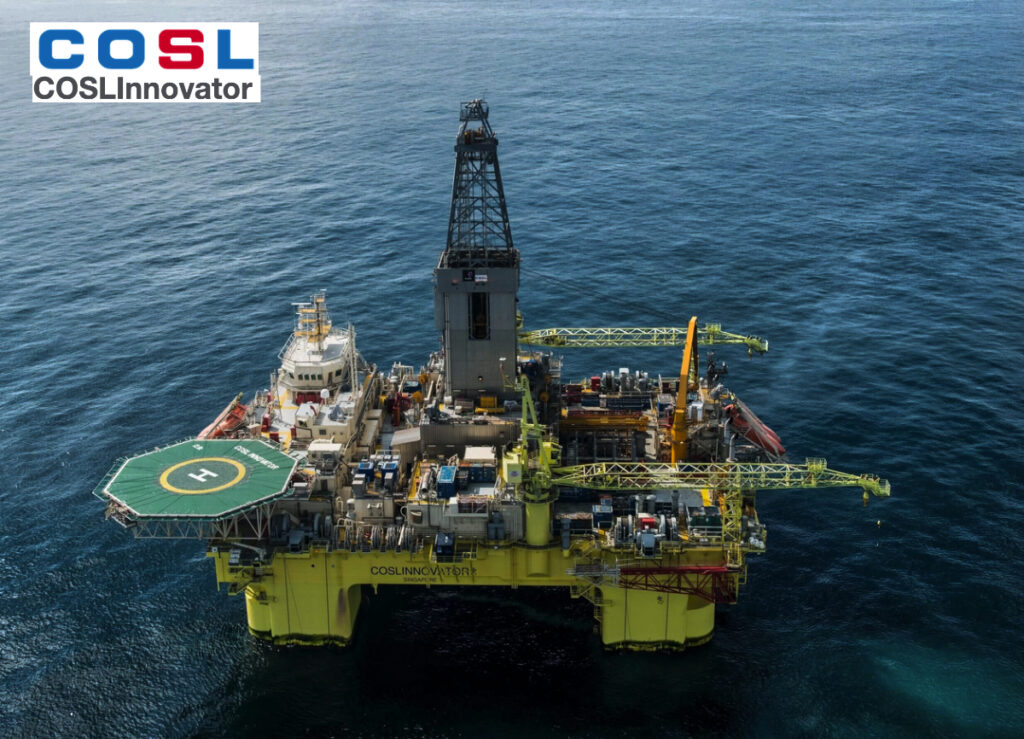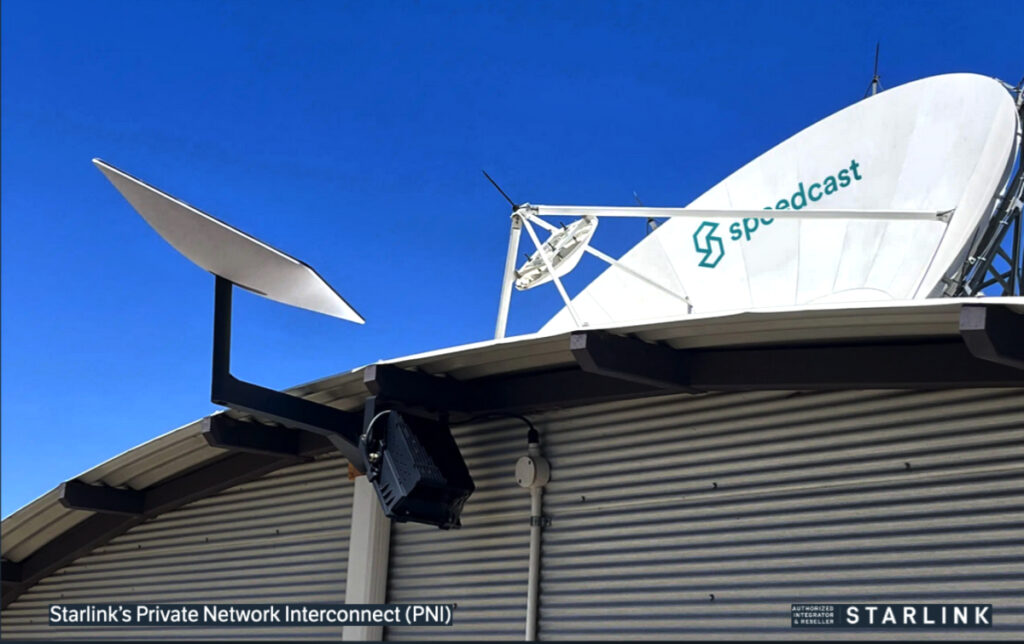Fleet-wide upgrade includes Starlink High Throughput connectivity managed via
Speedcast’s SIGMA intelligent edge technology

Speedcast has successfully integrated and deployed Starlink’s global High Throughput Service (HTS) for offshore energy customer COSL Drilling Europe.

This latest enhancement to COSL’s fleet of state-of-the-art, semi-submersible drilling rigs marks nearly a decade of partnership with Speedcast. Speedcast’s deployment of Starlink’s Global HTS marks the most recent expansion of the company’s hybrid connectivity portfolio.

Speedcast’s SIGMA intelligent edge network management platform serves as the foundation for COSL’s hybrid solution, expanded to seamlessly incorporate both Starlink and Eutelsat OneWeb LEO service. Across the fleet, SIGMA has integrated the new dual-LEO service with Ku- and C-band VSAT already onboard—along with LTE, line-of-sight and Iridium Certus for out-of-band management—into a single, wide-area network.
Speedcast’s SIGMA technology enables 100 percent uptime for COSL’s fleet, which operates mainly in the North Sea and Barents Sea. SIGMA’s intelligent path selection, application steering, link prioritization, and load balancing connects customer assets to Speedcast’s global MLPS fabric and COSL data centers, to support vessel-to-headquarters communications, remote operations, and daily operation workflows.
Differing from Starlink’s popular Global Priority service, the Global HTS involves bonding multiple kits which use more dedicated network resources and beam capacity over the Starlink constellation down to the remote site’s cell. It results in reduced packet loss, decreased latency and improved throughput by prioritizing user demand and load balancing across satellites.
In the HTS configuration, the duty cycle of the High Performance User Terminal is also increased, allowing it to transmit more often. During live testing of four Starlink Performance kits on the High Throughput service, Speedcast achieved peak rates of 1.6 Gbps downstream and 400 Mbps upstream, with individual kits achieving peaks of 400 Mbps down and 100 Mbps up.
Even under sustained periods of network saturation, upload speeds in this configuration consistently deliver unparalleled performance, with combined packet loss across multiple kits not exceeding .55 percent. These highly positive and rarely seen statistics further support COSL’s focus on using technical innovation to increase efficiency and performance.
COSL clients and crew benefit from enhanced connectivity for operational applications, safety systems, IoT monitoring, and welfare services, including personal device access and entertainment. Speedcast’s Compass Portal allows COSL to monitor network performance across all remote sites and WAN paths from a single dashboard. Compass also enables expanded Starlink kit management features for added levels of flexibility and control.
Speedcast has further expanded its network with the introduction of Starlink’s Private Network Interconnect (PNI) service which allows a remote site to send data over the Starlink network to the data center via a dedicated Layer 2 connection, bypassing the public internet.

This set up is designed to deliver lower latency, higher security, and improved reliability, particularly for customers who demand secure and predictable connectivity service. Speedcast launched the PNI service in the United States in October, with further country expansion underway in South America and Europe.
Enabling remote operations depends on predictable, high-quality connectivity,” said Torfinn Kalstø, ICT & OT Manager, COSL Drilling. “Together with Speedcast, we have prioritized data integrity and application service quality so that traffic required to perform true remote operations receives the right priority. The addition of Starlink’s Global HTS and performance antennas offers gigabit speeds, significantly improves throughput and latency, enhances rig efficiency, and supports both operation users and crew welfare.”
COSL is a leading drilling contractor with a culture focused on safety, innovation and highly efficient operations for their remote assets,” said Richard Elson, Executive Vice President, Energy at Speedcast. “Supporting that performance requires robust onboard technology and seamless connectivity. This addition of Global HTS connectivity from Starlink and our SIGMA intelligent edge platform enables a complete hybrid solution that will support COSL’s digital operations now and into the future. LEO is an important component in our ever-expanding managed communications portfolio,. Deployments such as this demonstrate our ability to successfully layer Starlink and Eutelsat OneWeb services into a seamless hybrid network, with SIGMA removing the complexity and delivering a fully managed solution.”
